
Multimedia Programming Using Max/MSP and TouchDesigner
¥90.46
If you want to learn how to use Max 6 and/or TouchDesigner, or work in audio-visual real-time processing, this is the book for you. It is intended for intermediate users of both programs and can be helpful for artists, designers, musicians, VJs, and researchers. A basic understanding of audio principles is advantageous.
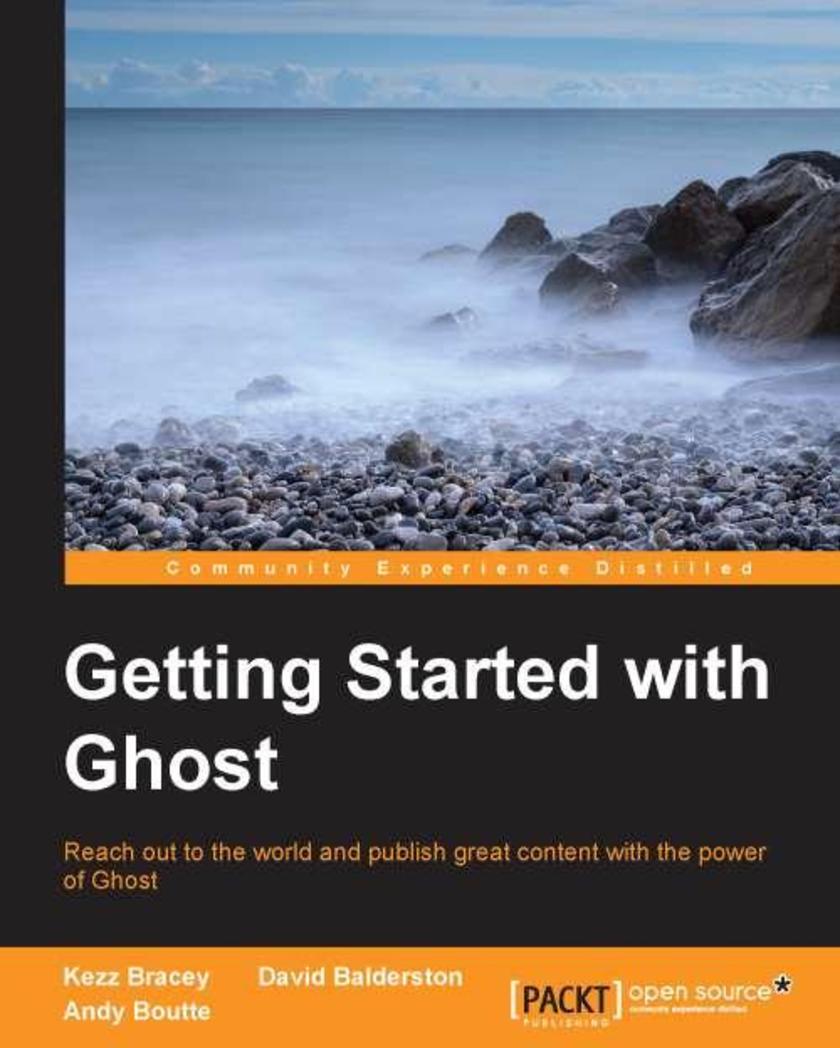
Getting Started with Ghost
¥45.77
If you are new to Ghost, this book is ideal for you. You might be completely new to content management systems or you might have experience with others such as WordPress. Some knowledge of web design basics such as HTML and CSS will be useful, but the book is designed so you can enter at the point relevant to you.
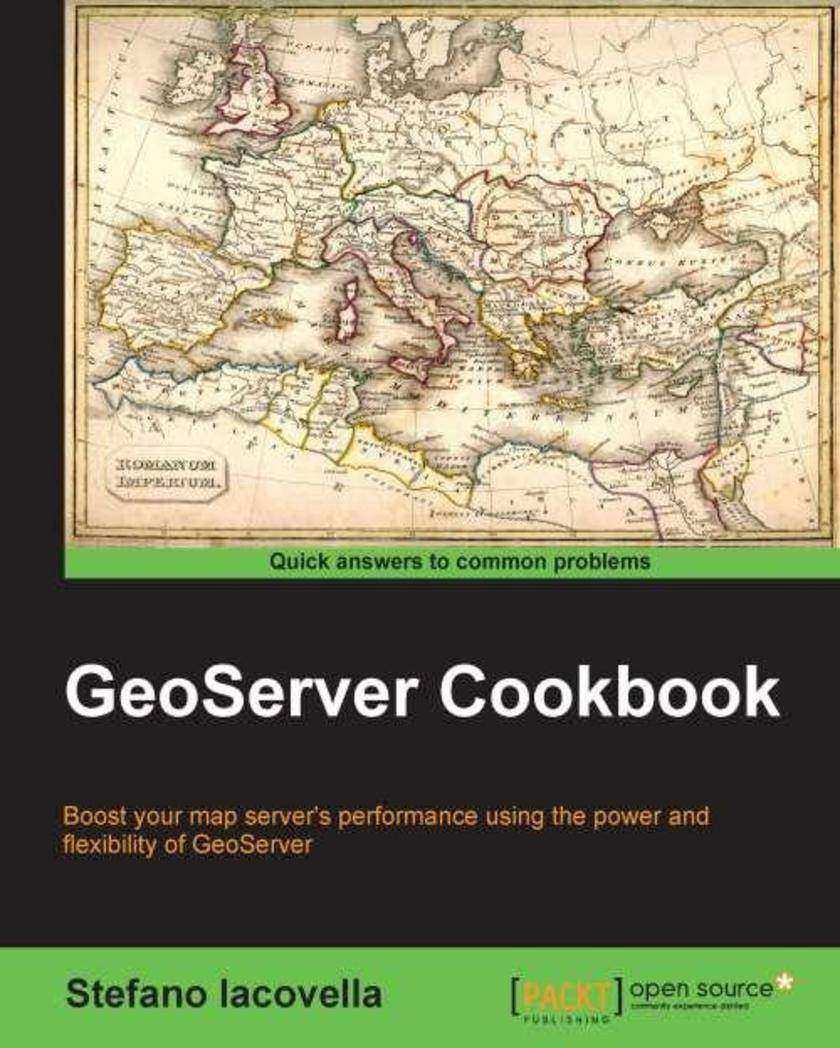
GeoServer Cookbook
¥90.46
This book is ideal for GIS experts, developers, and system administrators who have had a first glance at GeoServer and who are eager to explore all its features in order to configure professional map servers. Basic knowledge of GIS and GeoServer is required.
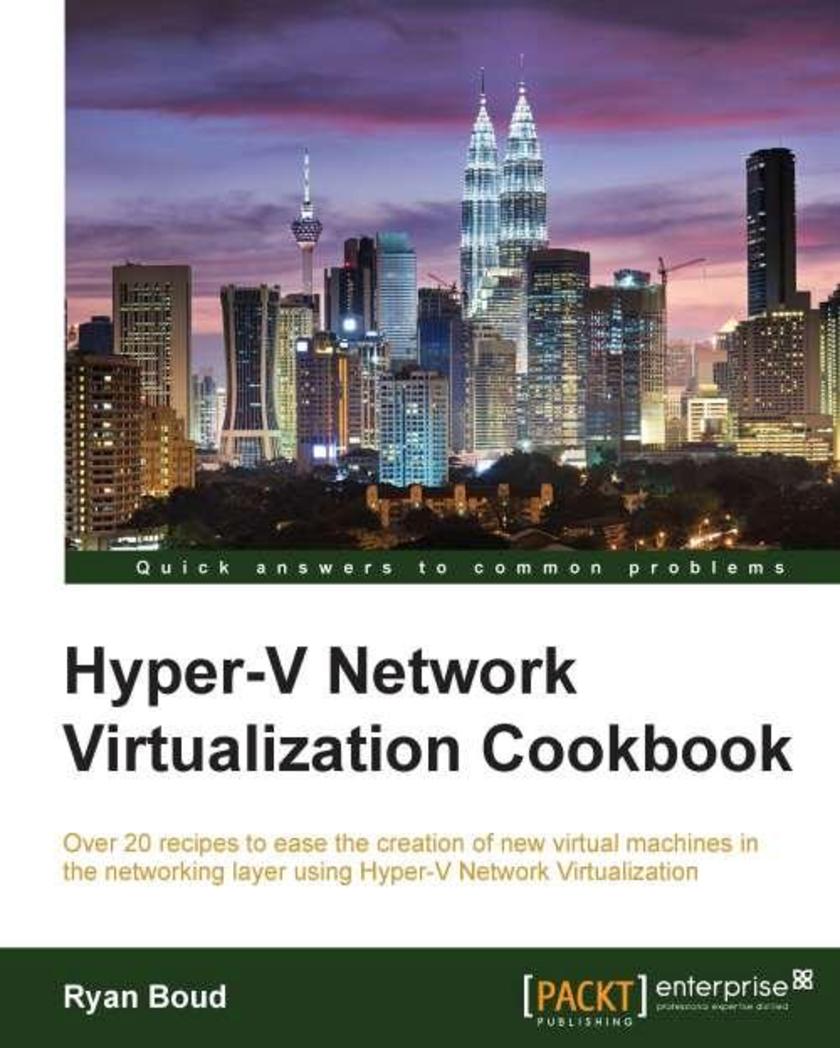
Hyper-V Network Virtualization Cookbook
¥90.46
If you are a virtualization architect, engineer, or administrator who wants to leverage Hyper-V to create virtual networks (virtual data centers), this is the book for you. Prior knowledge of Hyper-V or a similar solution and a good understanding of the end goals of creating a virtual network is required.

Salesforce Essentials for Administrators
¥54.49
This book is targeted at expert administrators or professionals who are new to Salesforce and want to learn the various features supported by the platform in a short space of time. The book can also be used by professionals preparing for Developer and Administrator certification exams from Salesforce.
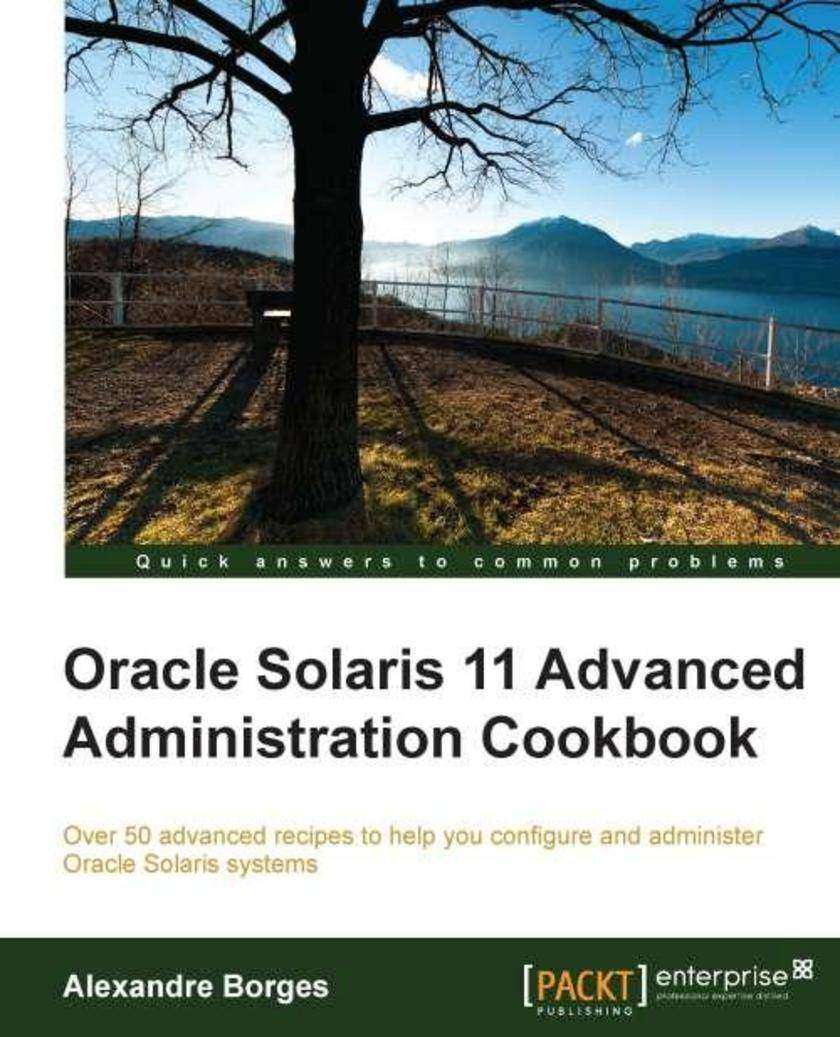
Oracle Solaris 11 Advanced Administration Cookbook
¥107.90
If you are a Solaris administrator who wants to learn more about administering an Oracle Solaris system and want to go a level higher in utilizing the advanced features of Oracle Solaris, then this book is for you. A working knowledge of Solaris Administration is assumed.
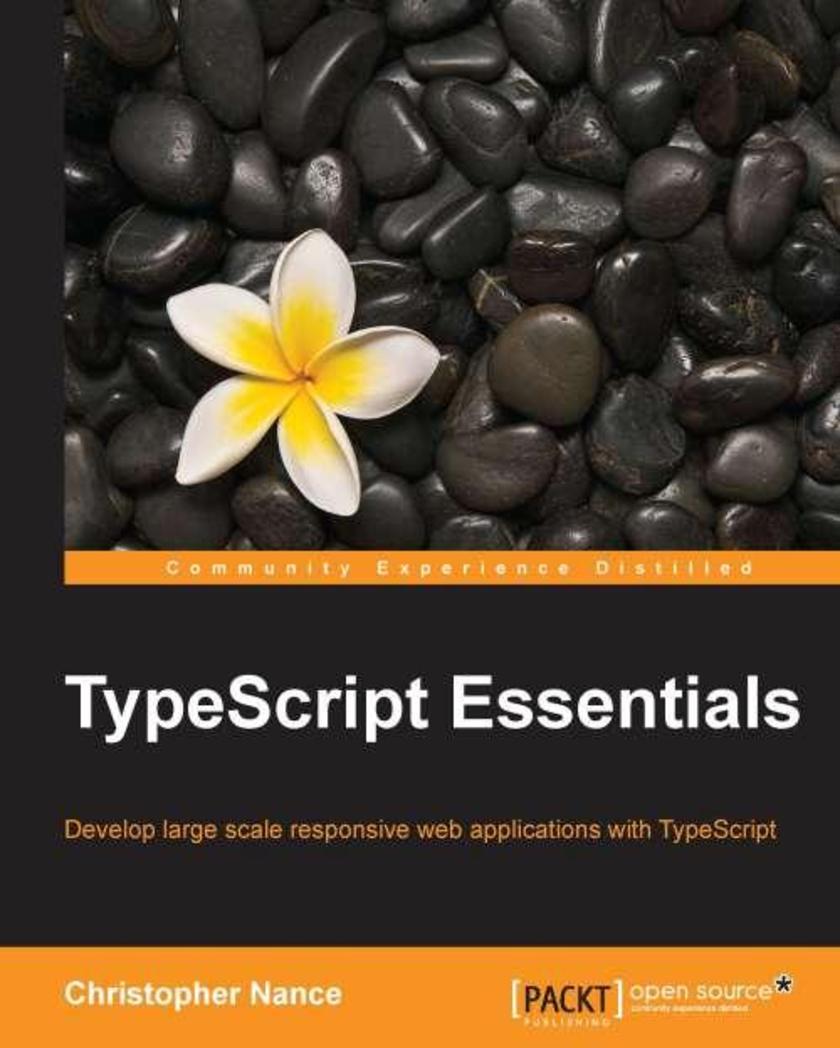
Typescript Essentials
¥54.49
The book introduces the TypeScript language and its features to anyone looking to develop rich web applications. Whether you are new to web development or are an experienced engineer with strong JavaScript skills, this book will get you writing code quickly. A basic understanding of JavaScript and its language features are necessary for this book.
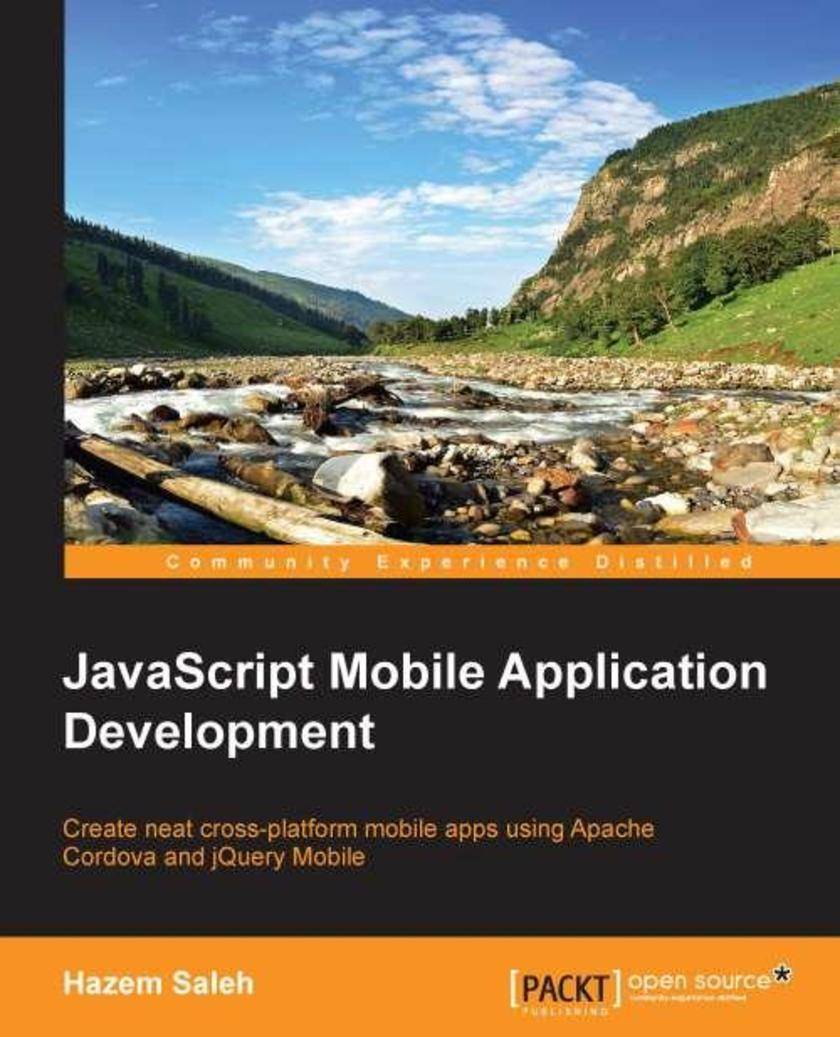
JavaScript Mobile Application Development
¥80.65
If you are a native mobile developer, with some familiarity with the common web technologies of JavaScript, CSS, and HTML, or if you are a web developer, then this learning guide will add great value and impact to your work. Learning how to develop mobile applications using Apache Cordova is of particular importance if you are looking to develop applications on a variety of different platforms efficiently.
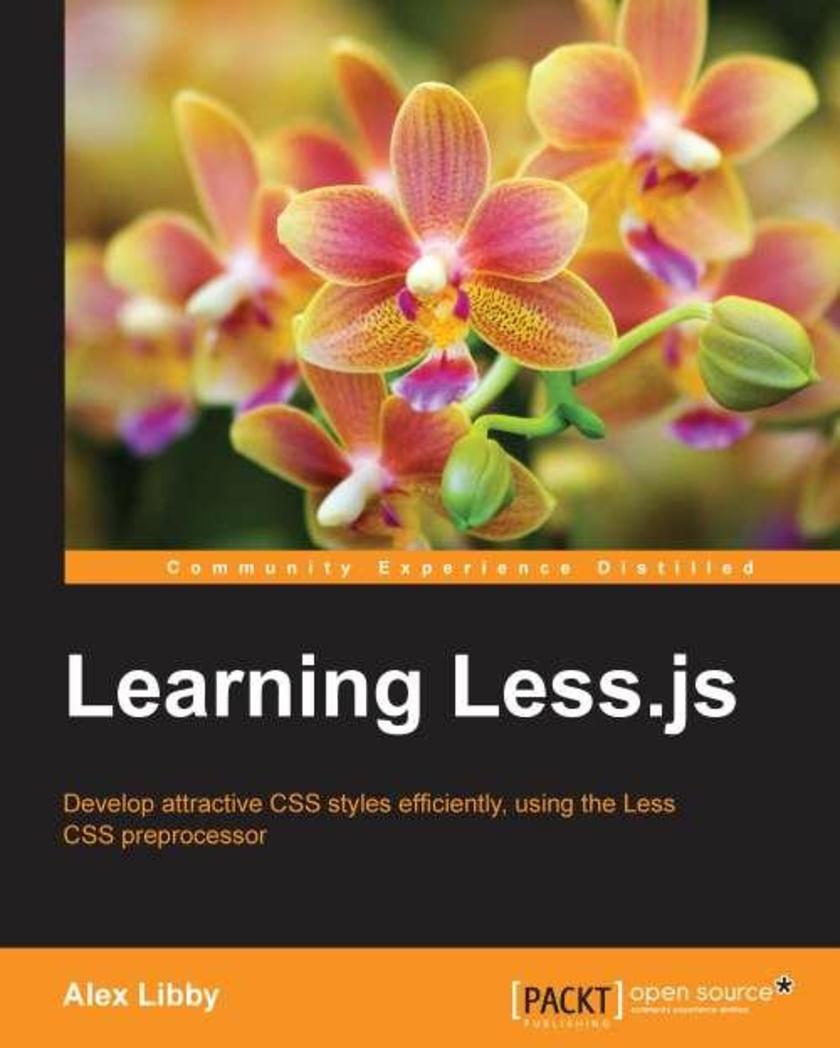
Learning Less.js
¥80.65
If you are a designer or developer who wants to quickly learn how to harness the power of Less.js to write more efficient CSS styles that can be applied to a website of any size, then this book is for you. This book will help you master both the basic functions and advanced features of Less.js. It would be helpful to have some familiarity of writing CSS styles, although no prior experience of using CSS preprocessors is required.
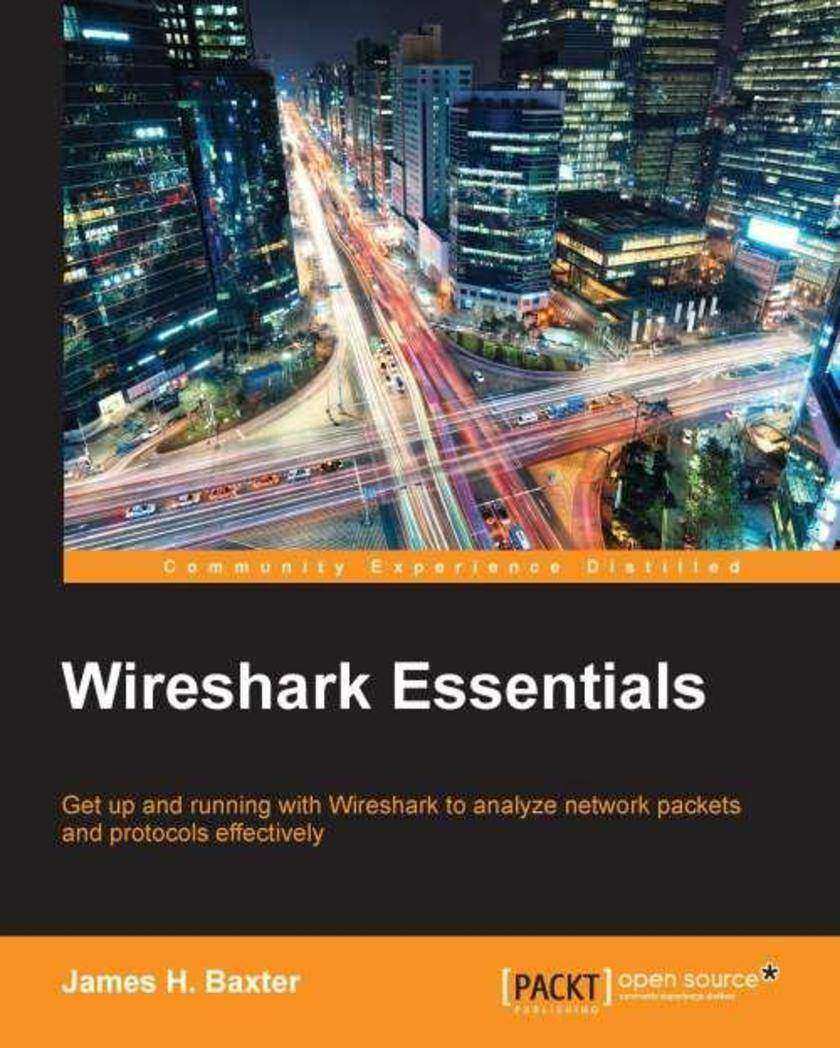
Wireshark Essentials
¥45.77
This book is aimed at IT professionals who want to develop or enhance their packet analysis skills. Basic familiarity with common network and application services terms and technologies is assumed; however, expertise in advanced networking topics or protocols is not required. Readers in any IT field can develop the analysis skills specifically needed to complement and support their respective areas of responsibility and interest.

R Graph Cookbook
¥99.18
Targeted at those with an existing familiarity with R programming, this practical guide will appeal directly to programmers interested in learning effective data visualization techniques with R and a wide-range of its associated libraries.
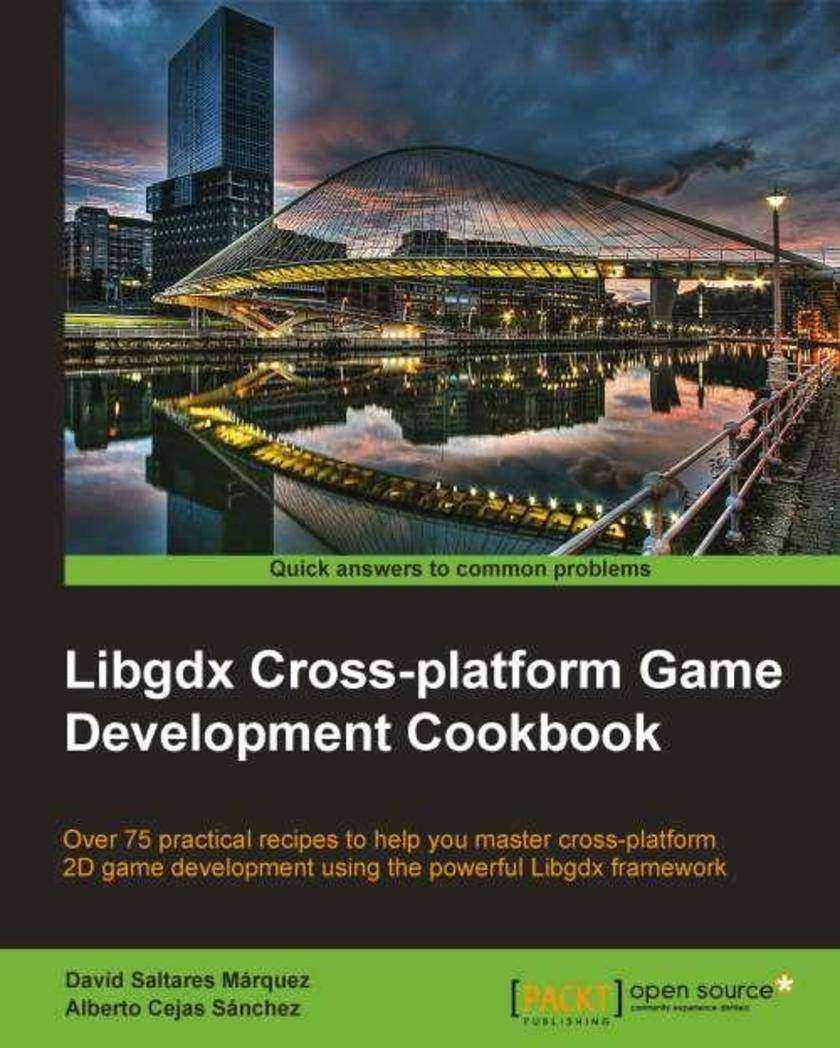
LibGDX Cross platform Development Cookbook
¥90.46
If you want to make cross-platform games without the hassle and dangers of writing platform-specific code, or If you are a game programmer who may have some experience with Java and you want to learn everything you need to know about Libgdx to produce awesome work, this is the book for you. To take full advantage of the recipes in this book, you are expected to be familiar with java with good game programming knowledge.
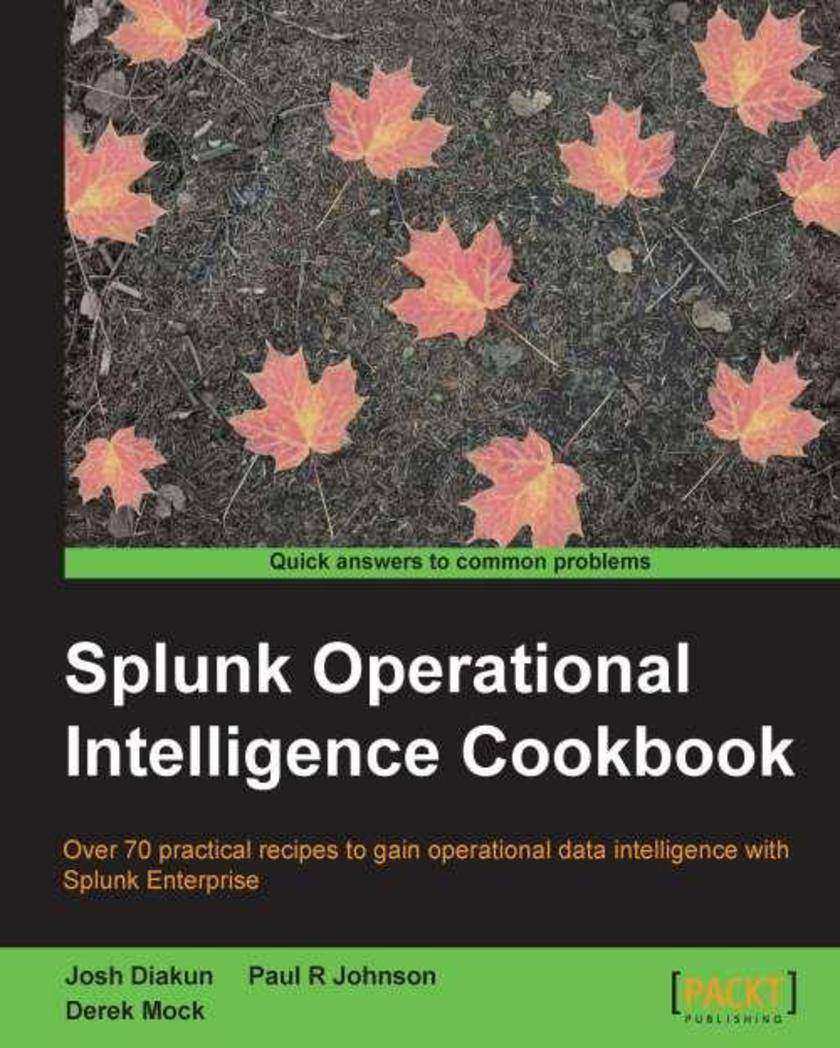
Splunk Operational Intelligence Cookbook
¥90.46
This book is intended for users of all levels who are looking to leverage the Splunk Enterprise platform as a valuable operational intelligence tool. The recipes provided in this book will appeal to individuals from all facets of a business – IT, Security, Product, Marketing, and many more!
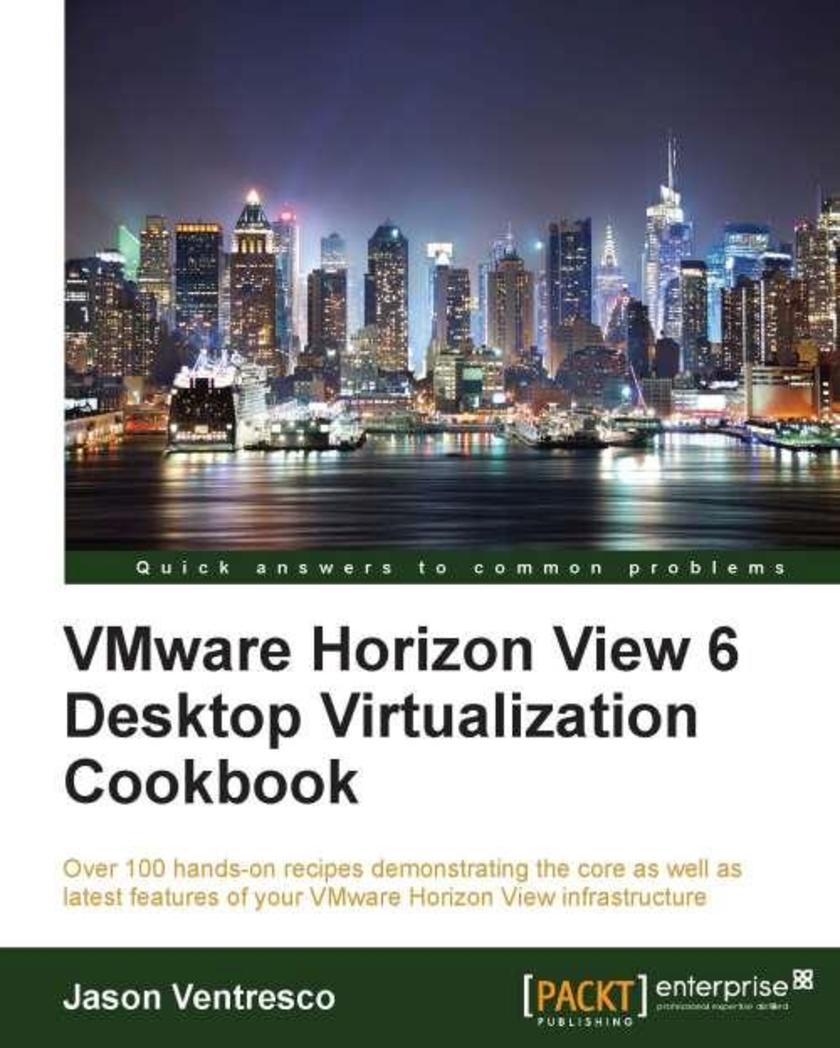
VMware Horizon View 6 Desktop Virtualization Cookbook
¥90.46
If you want a more detailed explanation concerning the implementation of several different core features of VMware Horizon View, this is the book for you. Whether you are new to VMware Horizon View or an existing user, this book will provide you with the knowledge you need to successfully deploy several core features and get introduced to the latest features of version 6.0 as well.
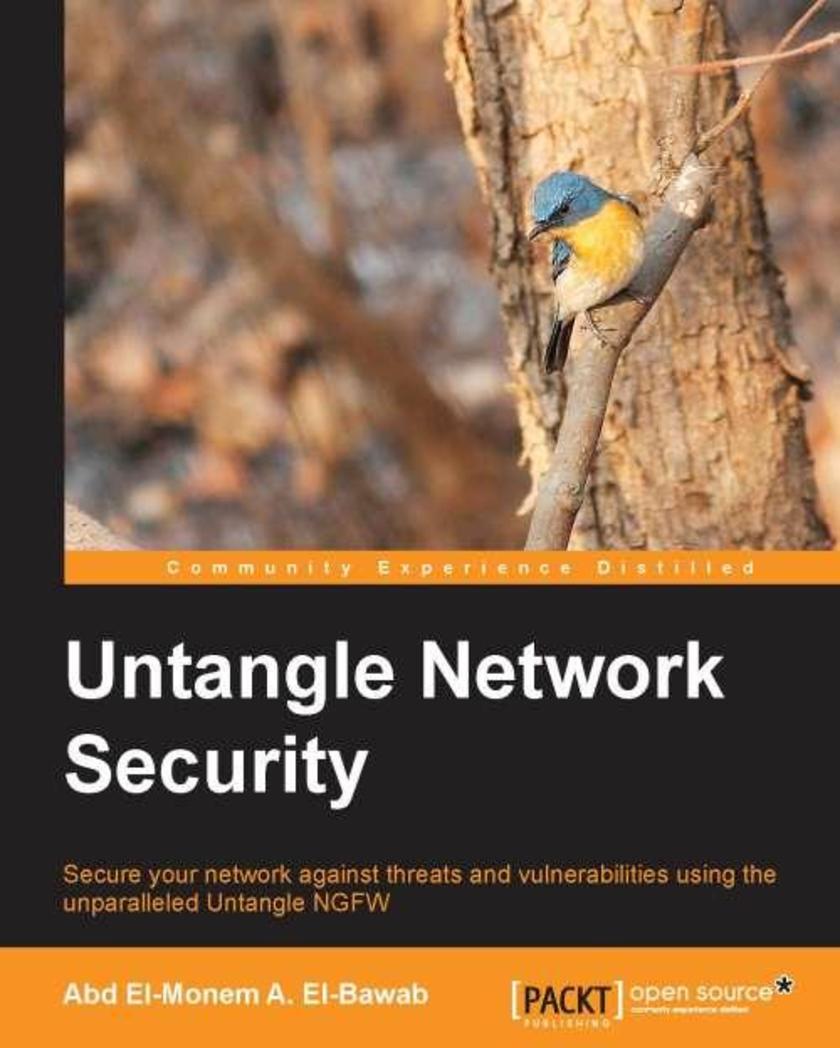
Untangle Network Security
¥80.65
If you are a security engineer or a system administrator and want to secure your server infrastructure with the feature-rich Untangle, this book is for you. For individuals who want to start their career in the network security field, this book would serve as a perfect companion to learn the basics of network security and how to implement it using Untangle NGFW.
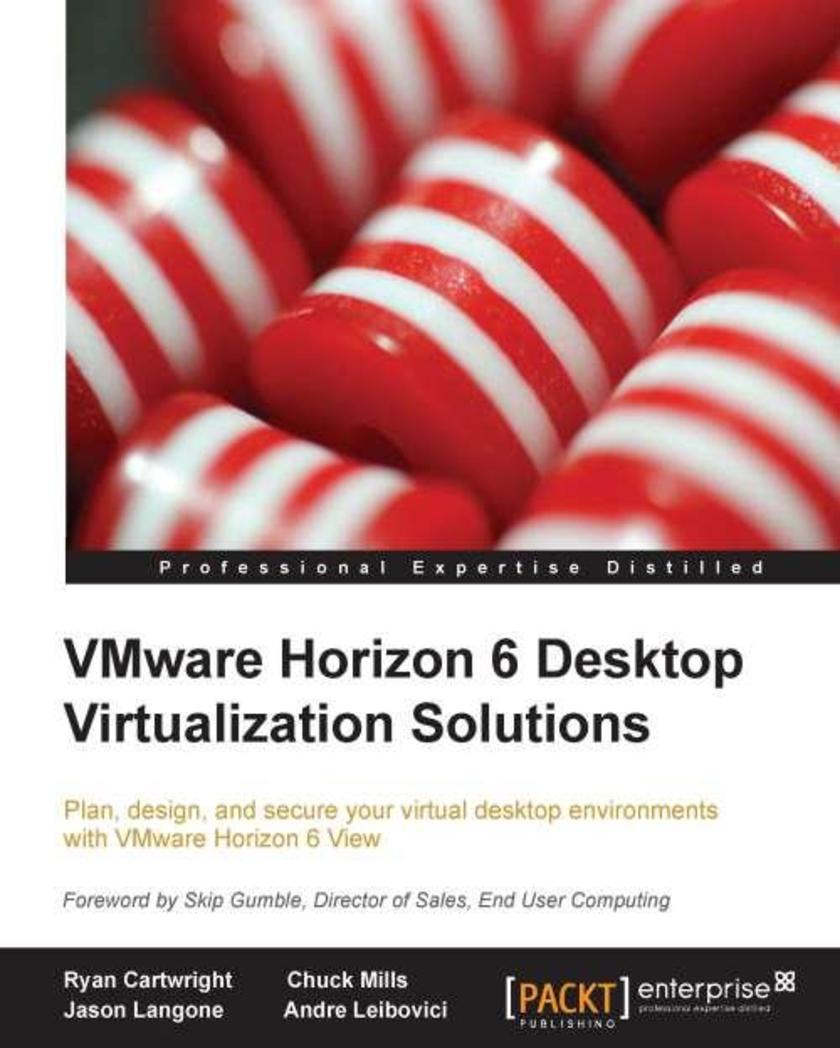
VMware Horizon 6 Desktop,Virtualization Solutions
¥99.18
If you are a desktop architect, solution provider, end-user consultant, virtualization engineer, or anyone who wants to learn how to plan and design the implementation of a virtual desktop solution based on Horizon 6, then this book is for you. An understanding of VMware vSphere fundamentals coupled with experience in the installation or administration of a VMware environment would be a plus during reading.
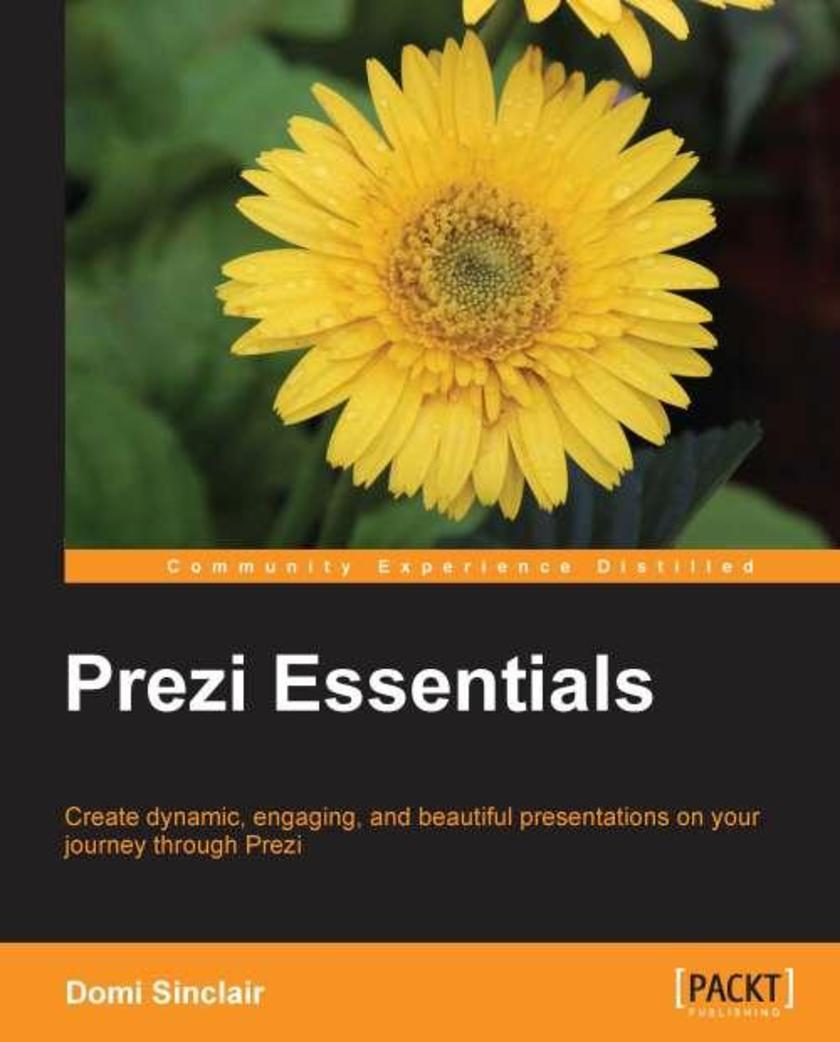
Prezi Essentials
¥46.86
If you want to learn Prezi, and specifically design within Prezi, this is the book for you. Perhaps you already know a bit about Prezi but have never used it, or perhaps you have used Prezi before but want to learn how to incorporate your own custom design elements. In either case, this book will get you up and running quickly. It would be helpful to have a bit of familiarity with basic design concepts and the use of Prezi, but prior experience is not essential.

Getting Started with tmux
¥50.13
The book is intended for software developers, DevOps engineers, and other professionals who make heavy use of the terminal in their daily workflow. Some familiarity with the terminal is useful but no prior experience with tmux or other terminal multiplexers (such as GNU Screen) is required.
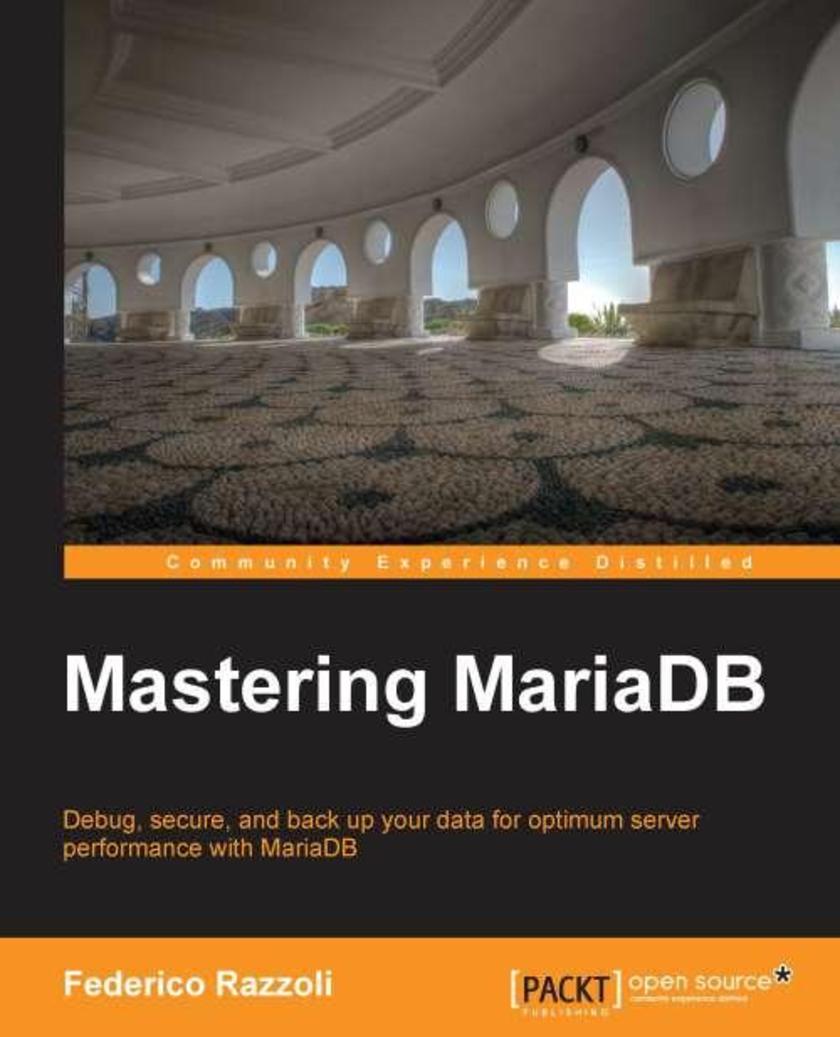
Mastering MariaDB
¥90.46
This book is intended for intermediate users who want to learn how to administrate a MariaDB server or a set of servers. It is aimed at MariaDB users, and hence working knowledge of MariaDB is a prerequisite.

Force.com Enterprise,Architecture
¥107.90
This book is for advanced Force.com developers and architects who need to understand the Salesforce platform from the perspective of enterprise-level requirements. You should have an existing understanding of Apex and Visualforce. Those familiar with other enterprise software ecosystems will also find this book ideal as they adopt Force.com.
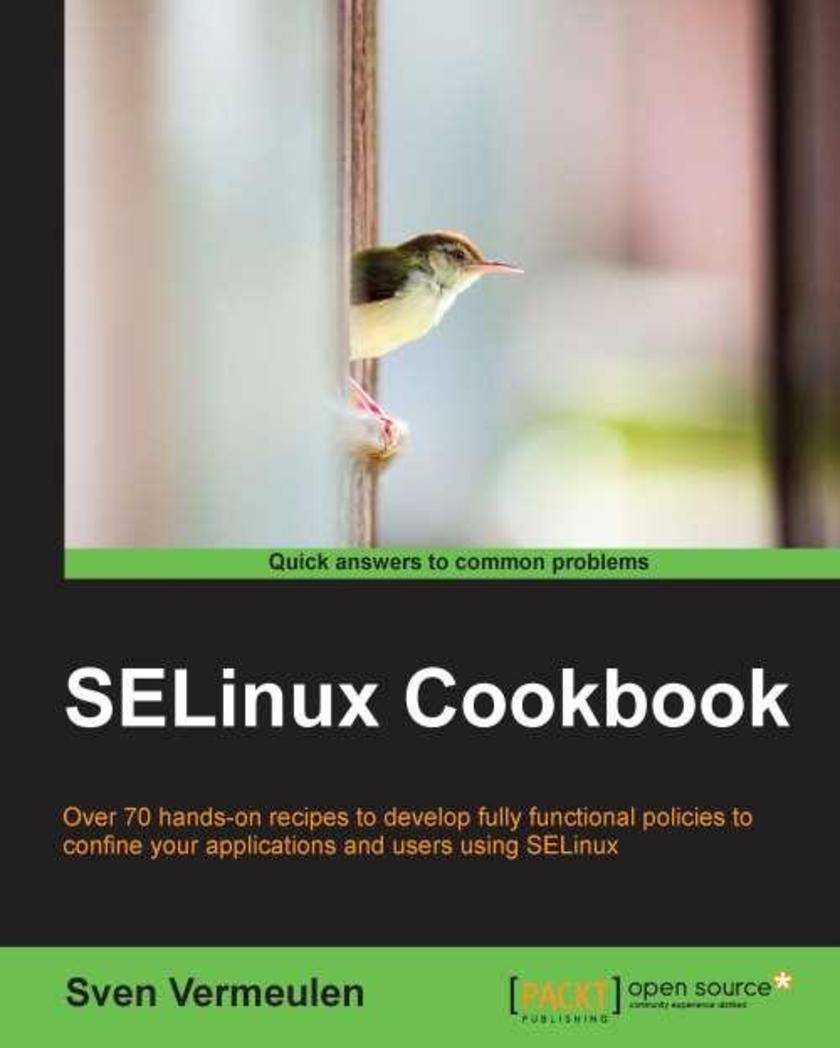
SELinux Cookbook
¥80.65
If you are a Linux system administrator or a Linux-based service administrator and want to fine-tune SELinux to implement a supported, mature, and proven access control system, then this book is for you. Basic experience with SELinux enabled distributions is expected.




 购物车
购物车 个人中心
个人中心



